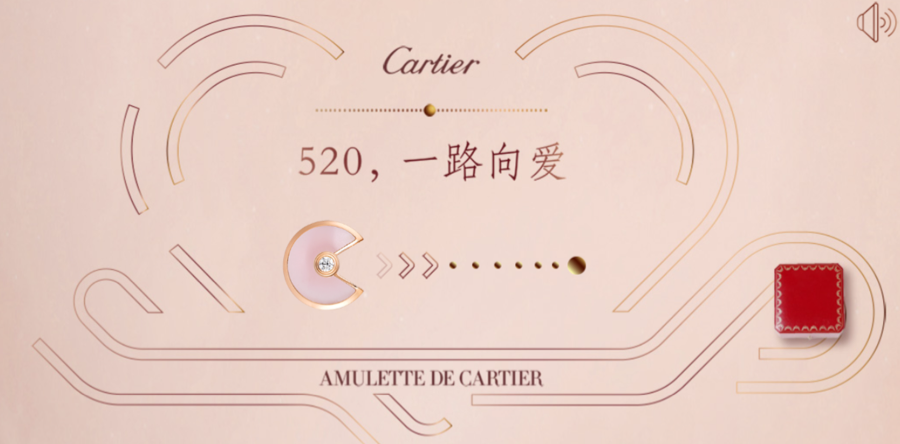
Digital
What Luxury Brands Can Learn From Popular Mobile Games In China
by
Jethro Kang | March 14, 2018
Rather than making it a complex exercise, consumer appetites show that it pays to keep things simple.
China’s mobile gaming market has burgeoned in the past two years, with the value expanding over 250 per cent from 3 billion US dollars to 11 billion US dollars since 2015. These numbers place China as the third most valuable market for consumer spending behind Japan and the US.
Interestingly enough, the types of games that are taking China by storm are by no means complex or sophisticated in terms of gameplay. Take Tencent’s latest mobile venture PlayerUnknown’s Battlegrounds (绝地求生), an adaptation of Korean developer Bluehole’s wildly successful PC game of the same name, for example. Players land on an island and attempt to outwit and outlast 99 other players in a death match; armed with only whatever weapons they manage to loot along the way. It is currently at the top of the China App Store’s free games chart. The tech giant’s reigning smash hit, Honor of Kings (王者荣耀), allows players to choose a fantasy character and battle one another in an arena. The game has attracted over 200 million players since May 2017, and is presently the top grossing game and most popular free-download app in the world.
Join Luxury Society to have more articles like this delivered directly to your inbox
Then there’s the Japanese-developed Traveling Frog (旅行青蛙), which mostly involves players watching an animated frog journey around the world. While it doesn’t sound like much on paper, it was exciting enough to garner 10 million downloads since January 2018. Tencent WeChat’s mini-game Jump (跳一跳) is even simpler in times of gameplay – users navigate a figurine across blocks by controlling its jumping speed and distance by tapping on the screen. And since the start of this year, more than 400 million players have done that.
While the actual mechanics of each of these popular mobile games differ vastly, there is one thing that ties all of them together: Simplicity. Some luxury brands have paid attention to this trend and adapted their marketing strategies accordingly. Naturally, these campaigns generated much interest from the Chinese audience.

Image credit: Burberry
Take for instance British fashion house Burberry, which launched a WeChat mini-game to showcase holiday gift ideas last Christmas. With their products as playable items, users could shake, tilt, or swipe their phone to complete six different stages, each linked to a different product. Players then could compare your ranking among other players. The game received positive feedback, and players praised the well-designed layout and fun gameplay. In the end, the campaign generated over 30,000 views .

Image credit: Swarovski
Austrian jeweller Swarovski also harnessed gamification on WeChat to promote its Advent Calendar Box last Christmas. Packed within were different interactive mini-games that awarded players with a card whenever a game was won. Once seven different cards were collected, players would receive a Christmas gift from Swarovski. Players could also swap these cards with their friends on WeChat to maximize their chances of winning the prize. The campaign saw the Advent Calendar Box selling out within 10 days. It also gained Swarovski a significant amount of followers, two-thirds of which were acquired organically.

Image credit: Cartier
For Chinese Valentine’s Day last year, French Maison Cartier created a Pac-Man game that featured its iconic jewellery collection, the Amulette de Cartier. The game consisted of five different mazes, each featuring a piece from the collection made of a different gemstone. After completing all five levels, players will see the word “LOVE” and can purchase the featured pieces directly through clicking on the image. The use of Pac-Man tapped into nostalgia of consumers born in the 1980s, a key demographic of Cartier’s.
Interested in more insights on navigating the Chinese digital landscape?
For luxury brands looking at tapping into games to engage consumers, it appears that the best ones are easily picked up, require little effort to engage with, but yet still deliver high levels of enjoyment. Including a social function and letting players share items, scores, and compete with people around them are also key. Only when all these elements are aligned do players have a chance of being converted into shoppers.

